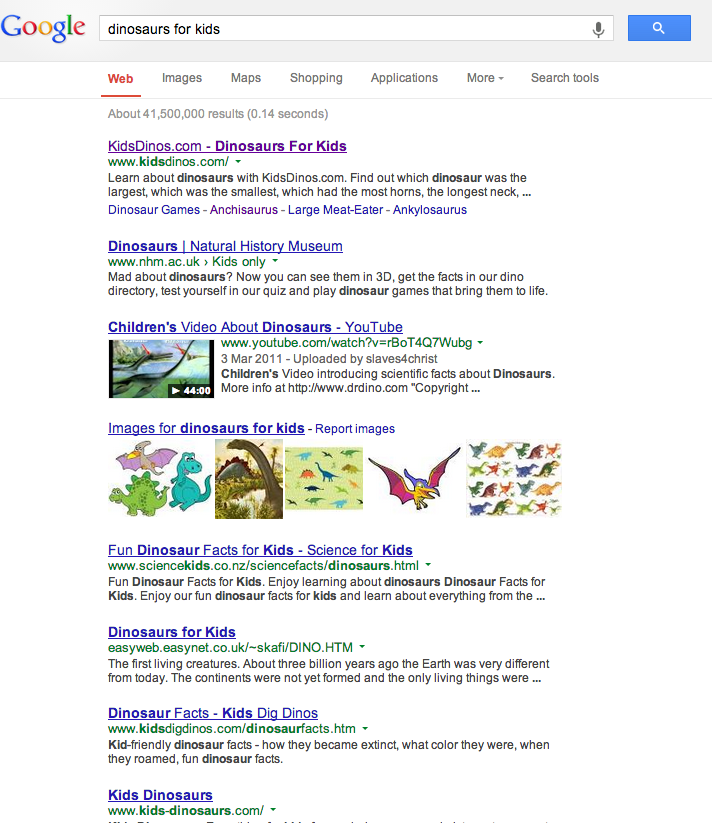Just to remind you that last time we addressed the first of the three areas for attention below, this time we’ll focus on the 2nd – increasing your web reach.
1. Having a great website which coverts visitors to customers – (we’ll keep you informed of the website development of this customer as the development evolves)
2. Increasing your web reach – ensuring you are represented in the right places on the web
3. Engaging more digital marketing methods
Increasing the reach of your website
We’re going to let you in on how we do this together with examples of how we have done this for an online Toy Model Store.
The significance of increasing your web reach is twofold – a double whammy really – firstly you are going to expand your visibility on the web – that is, make sure you are in many different places where your potential customers may go and find you there. Secondly of course you are getting a link back to your website which will help your SEO. Its what you also may call ‘content marketing’ – expanding your reach at the same time as improving your search rankings.
There are no shortages of places to appear on the web of course – directories, blogs, social media sites – to name just the obvious ones, but really you need a process to guide you through this. The one we favour is what we refer to as our ‘competitive positioning approach’ – that is identify the main online competitors and let their activity and reach drive yours. So using the competitive landscape to drive your work gives you something specific to aim at rather than just a haphazard approach.
In the next post we’ll look at additional useful methods but in this one we’ll just focus on this competitive positioning approach.
The process involves….. Research → Planning → Work
More on the latter two elements later but here we’ll just focus on the Research part.
Research
Stage 1: Finding Competitors
A list of keyphrases is a great place to start the research. In reality you will have several main keyphrases – but to simplify things we’ll just focus on one phrase as an example – ‘dinosaurs for kids’
1. Search your keyphrase and list the website that are above you on search engines
2. Visit the websites and refine the list to those you deem as relevant to your business. (You will probably have a large list but we’ll keep this example short)
1. Using Search Engines

Here we can strip out the images and Youtube listings for now. We’ll start with page one but can later work on others.

There are a few good websites above just from looking at the Domain Authority and the number of links. For the above results we have used Open Site Explorer and Majestic SEO.
2. Use your own Knowledge
We have a few competitors listed by our customer. We searched for these using Google to see if they have websites. We only check this on Google because if they are not on Google then we are not really interested in them. Mainly because if they are not on Google they have either been banned or are not good enough websites for Google to list.

Are the Websites Good?
The next stage is to visit each website to see if they are good websites for our research.

This is a good website for this phrase very relevant and although the design isn’t the best we’ve seen there is no doubt that the content combined with the Domain Authority and number of links shows this to be one that stays on the list.

This website offers limited content, with no other pages – well one broken link and is part of a sub network provided by easynet. Easynet is where the Domain Authority and links are obviously coming from. This is one that we could add to the list bit the research would be restricted (if we do add it to the list).
What Next?
So we suggest you go through this process for a few key phrases that are important to you. This will enable you to create a list of target competitive websites. In the next post we’ll go into the detail of how we extract useful information from these sites in order to improve your web reach.





